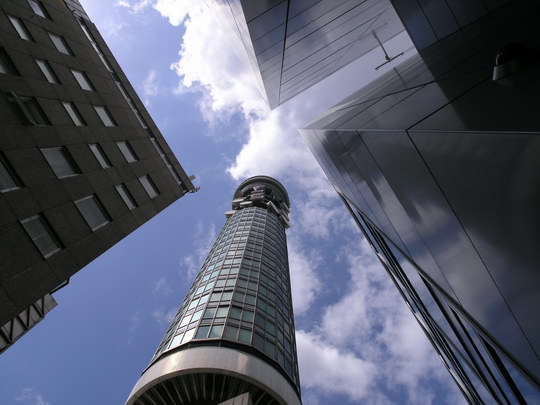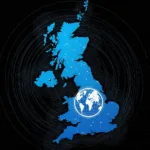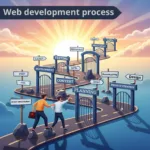
This post covers how to write a brief for a web design project.
Why is this important?
Web design projects are only ever successful if two things can be achieved at the same time:
- You provide your client with a site that fulfills the brief and they are satisfied with it; and
- You have correctly estimated the time it will take to complete the project and you have been adequately paid for the work you have done.
To achieve both of these, it is essential for you to have a clear understanding of what your client wants to achieve. One of the ways we do this at Redcentaur is to set out in a creative brief exactly what the client wants to get from their web site and the reasons for it. This helps us to identify the objectives of the site and to scope the work necessary.
Obviously, the completion of a creative brief is not the be-all-and-end-all of understanding your client and the goals of the web site. It is the starting point, from which there needs to be conversation and discussion to drill down into the responses to the brief.
The brief
There are two parts to a creative brief that are designed to give the web developer a clear understanding of the client, their needs, desires, strengths and weaknesses. Paying heed and due attention to the brief can pay dividends for both client and designer in reducing the risk of missing the mark at a later stage.
The creative brief
The key part of the brief is to understand the creative requirements of the client. This can be broken down into four sections. Remember, your client might not have a clear grasp of these expectations themselves. This section of the brief should help them to start pinning down some of these concepts if they haven’t already.
Summary
This section should give a general overview of the client and the project as they envisage it. It should state the purpose of the project from their perspective and identify any specific goals they have in mind.
Audience profile
Your client probably has a general idea of who the target audience is for their web site and this section provides you with an opportunity to identify the target market from the outset. By asking your client what they think the target audience is, what they care about and why they would visit the site, you are able to develop an in-depth understanding of your client’s aspirations and the factors that will measure the success of your web design.
Communication
In our experience, this is one of the most difficult factors to obtain from a client. Often clients do not have a clear idea of their message or how that message should be conveyed. This section is about what it is your client wants to say to their target audience and why it is important for that audience to see this message. This section may help the client to start defining this message.
Competitive position
In an age when the internet has brought huge amounts of information to every audience, competitive edge is king. You need to be clear on the things that set your client apart from the rest and what factors make your client a success where others in their field are not. This will help you to identify the key strengths of your client that will need to be the focus of the design.
The technical brief
The client may have an idea of the technical aspects of the site that need to be delivered. These can be as fundamental as site logos and photography, copy, contact forms, etc. or more technical issues, such as database integration. The technical brief should be tailored to the services that you are able to provide. This is a secondary part to the brief as much of the technical specification will be a result of the design as it develops, but it is important here to understand if the client has decided the site will form the backbone of its customer relationship management, for example.
Roles and responsibilities
Once you have some answers to these questions, you can start to flesh out what are the roles and responsibilities within the project — who will provide the site images, who will provide the copy…?
It is important to have an understanding of this so that you can accurately estimate the time required to complete the design — if you suddenly find that the client does not have suitable photography, you will have to spend time either getting the photographs or sourcing them; a cost that you may not have factored into your quote.
Next steps
Once you are clear on the scope of the web site and have a clear brief, you can move on to design.
Discussion
Please leave a comment below to let us know how useful this is to you. Are there other aspects that you feel have not been tackled in our brief? Is this something you don’t find useful? How do you understand your client’s expectations?




